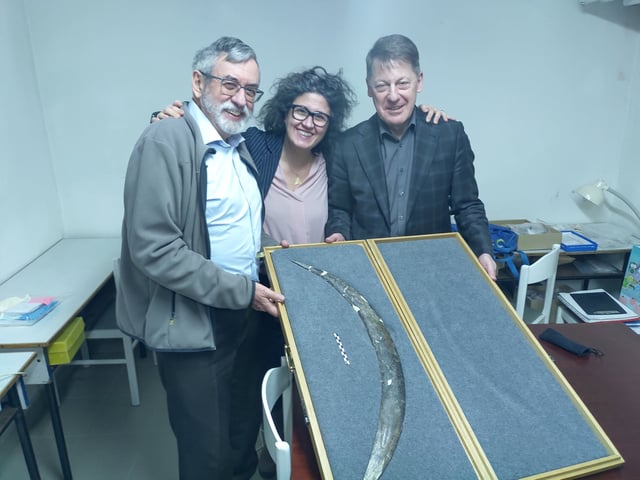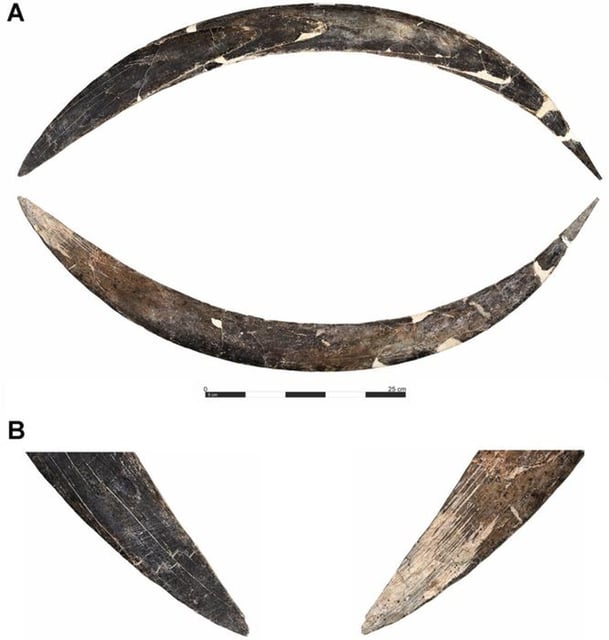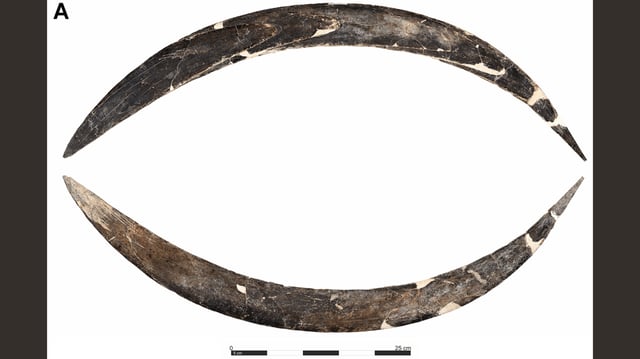Overview
- Radiocarbon dating of 13 animal bones and statistical modeling date the Obłazowa Cave artefact to between 42,290 and 39,280 years ago, making it the oldest known boomerang.
- Carved with exceptional skill from a mammoth tusk, the curved implement reflects sophisticated toolmaking among early Homo sapiens in Europe.
- Aerodynamic analysis indicates the design was non-returning, consistent with uses in hunting or ceremony rather than as a returning weapon.
- The association with a human finger bone and imported stones suggests it may have played a role in shamanistic rituals.
- The find overturns the belief that Aboriginal Australians invented the first boomerangs, pointing to independent innovation across continents.



